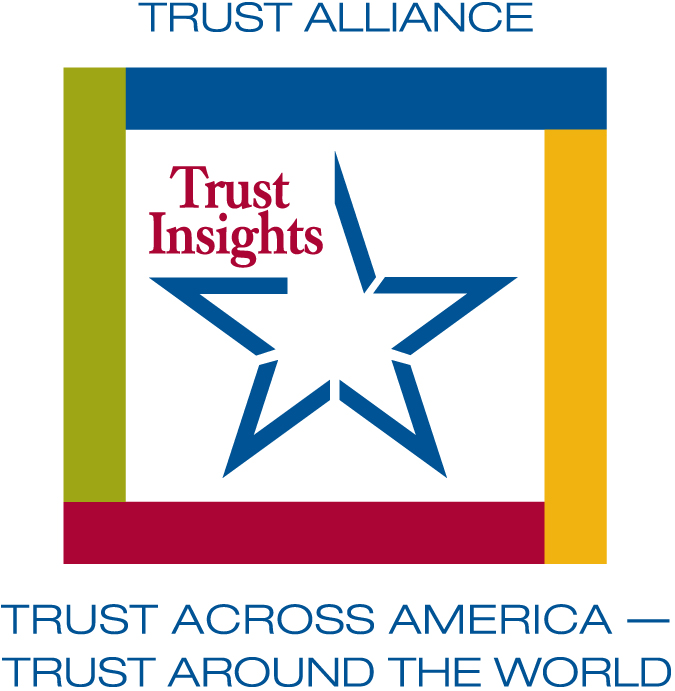 Bob, thank you for participating in our 2020 Trust Insights series. What is your trust insight?
Bob, thank you for participating in our 2020 Trust Insights series. What is your trust insight?
“The absence of fear is the incubator of trust.”
Bob Whipple, Leadergrow Inc.
Can you expand a bit on this important insight?
When leaders know how to build, maintain, and repair trust, a remarkable culture will kindle where problems are reduced and productivity is maximized. The secret is for leaders to learn the art of “reinforcing Candor,” which is another way of saying they make people glad when they bring up issues that may be contrary to what the leader’s preconceived ideas were.
Most leaders cannot do this because they believe they are right in their judgment, so a contrary view by an employee causes the leader to punish the employee. That destroys trust and causes other employees to refrain from sharing their concerns.
The result is a culture of fear where trust cannot kindle.
Can you provide a real life example of a trust “challenge” where your insight has been effectively applied.
I worked with one group where the top leaders (8 people) truly hated each other. It was the worst culture I have ever seen. I had the group do a SWOT analysis and they listed “Trust” as the number one weakness for the entire organization. I worked with them for a few interfaces, and taught them my theories about how their behaviors could be modified to build rather than destroy trust. Six months later that same management team rated “Trust” as the number one strength for the entire organization. They were a completely different group.
Bob, generally, do you think the global “trust” climate is improving or worsening? What actions are making it better or worse?
Many claim we have a crisis of trust. Do you agree?
I think there is a crisis in several areas, but at the same time there are pockets of excellence that are heartening.
Bob, how has your membership in our Trust Alliance benefitted you professionally?
Being part of the network is a wonderful advantage because we constantly share ideas and techniques. Having a society dedicated to this one issue is very powerful, and I am honored to be a part of the group.
Bob, thank you so much for your time and more importantly for your commitment to elevating organizational trust. What would you like our audience to know about you?
Robert Whipple is CEO of Leadergrow Inc., an organization dedicated to development of leaders. He has authored five books and spoken on leadership topics and the development of trust in numerous venues internationally. His ability to communicate pragmatic approaches to building trust in an entertaining and motivational format has won him top ranking wherever he speaks. Audiences relate to his material enthusiastically because it is simple, yet profound. His work has earned him the popular title of “The TRUST Ambassador”
And while you are here, Tap Into Trust and complete our 1 minute/1 question quiz. Find out how the level of trust in your workplace compares to hundreds of others.
Did you miss our previous 2020 insights? Access them at this link.
Contact us for more information on elevating trust on your team or in your organization or email me directly: barbara@trustacrossamerica.com
Copyright 2020, Next Decade, Inc.
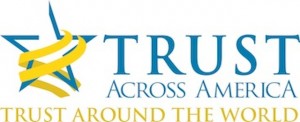
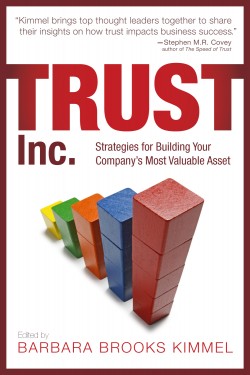
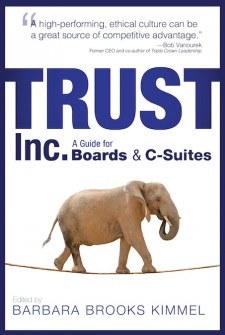
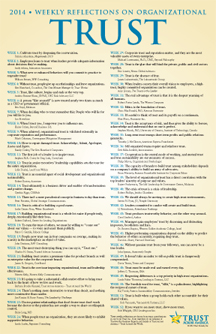

Recent Comments